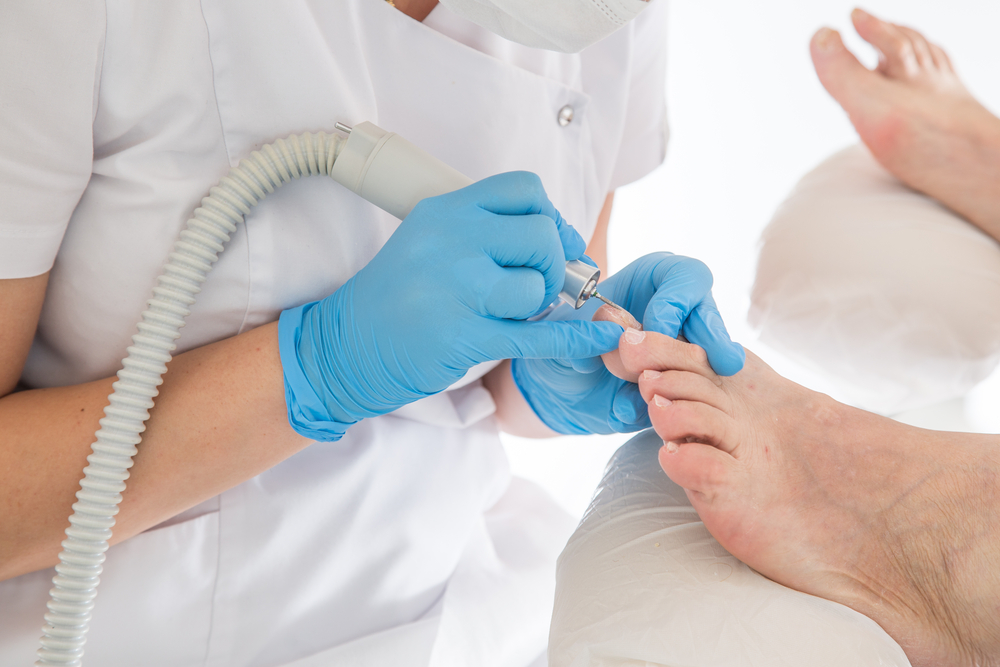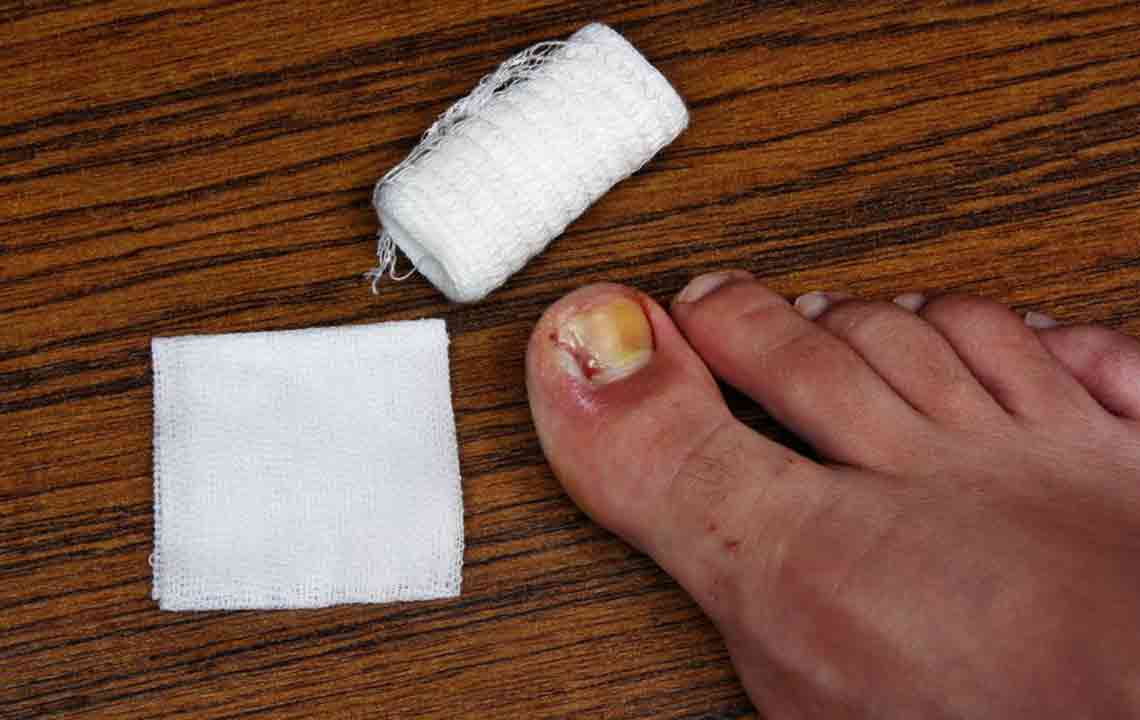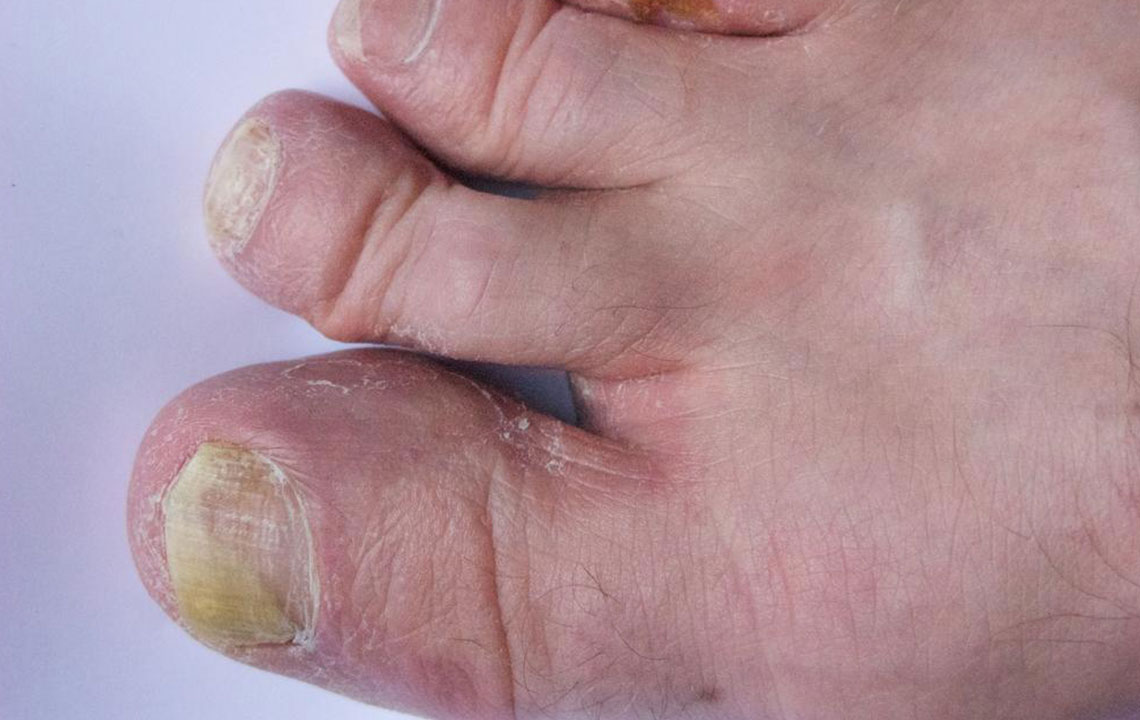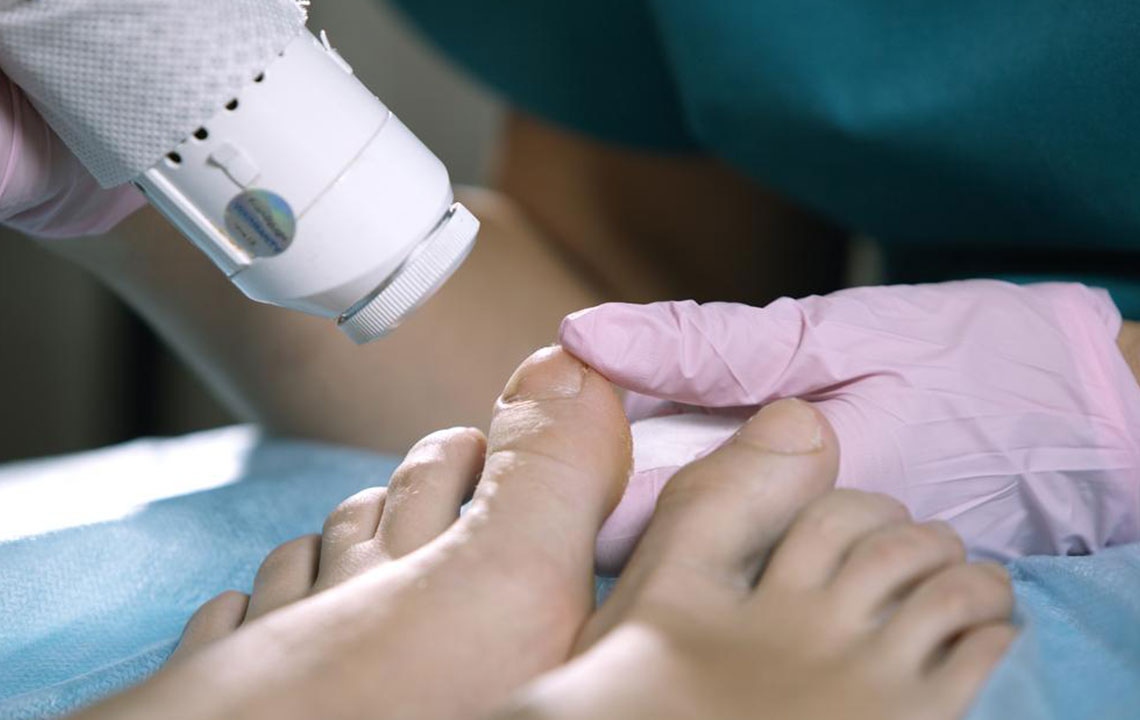Comprehensive Guide to Nail Fungus: Causes, Symptoms, Preventive Measures, and Treatment Options
This comprehensive article explores nail fungus in detail, covering causes, symptoms, risk factors, and various treatment options. It emphasizes prevention strategies and the importance of early detection to prevent complications. Whether dealing with mild or severe cases, understanding how to manage nail infections effectively can improve nail health and overall quality of life. The article offers in-depth insights suitable for readers seeking thorough guidance on preventing and treating fungal nail infections.
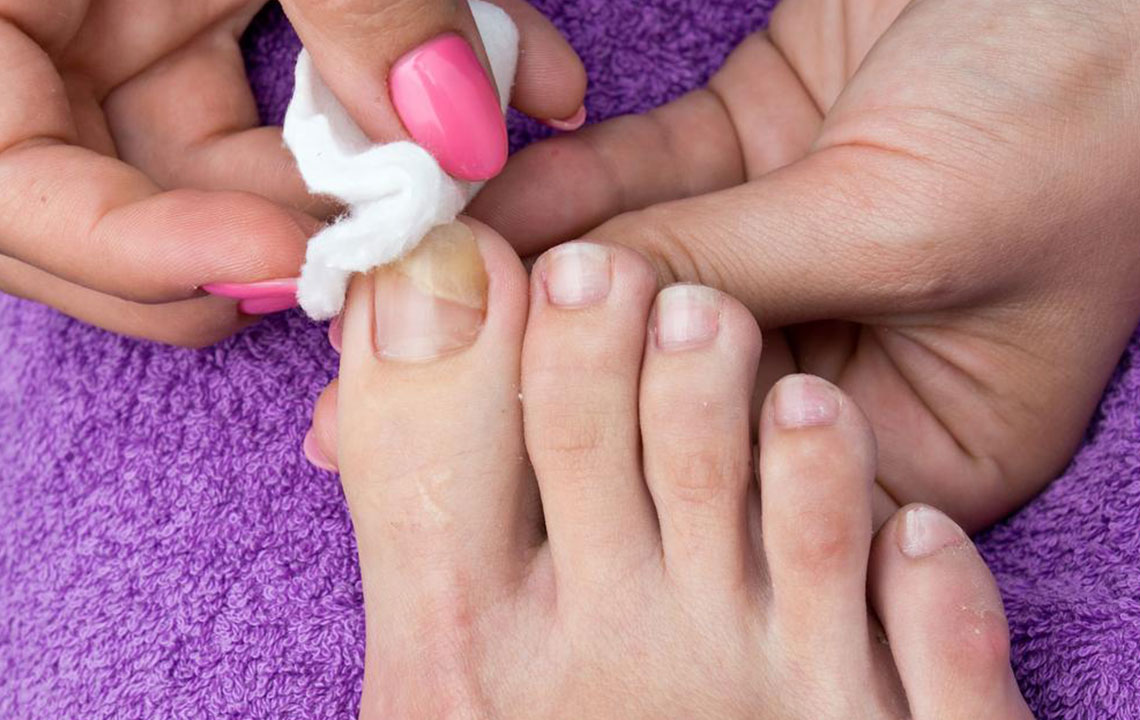
Comprehensive Guide to Nail Fungus: Causes, Symptoms, Preventive Measures, and Treatment Options
Nail fungal infections, medically known as onychomycosis, are common afflictions that can affect individuals of all ages, but they are particularly prevalent among older adults. These infections occur when fungi invade the nail bed, leading to changes in nail appearance, texture, and overall health. Understanding the underlying causes, recognizing early symptoms, and exploring effective treatments are crucial steps toward managing and preventing nail fungus.
Nail infections caused by fungi typically develop in response to specific environmental and physiological factors. Damaged or cracked nails or cuticles serve as entry points for fungi, allowing the microorganisms to infiltrate the nail matrix. Additionally, bacteria that reside within the body can sometimes contribute to or complicate fungal infections. The infection’s hallmark is often thickened, yellowed, or discolored nails with visible cracks or debris beneath the nail plate.
Before diving into available treatment options, it’s essential to understand the main causes and the signs that indicate a fungal nail infection. Early detection can prevent the condition from worsening and leading to more serious complications.
Causes of Nail Fungus
At the core, fungal infections of the nails stem from the proliferation of fungi within or beneath the nail plate. These fungi tend to thrive in warm, moist environments, making shoes, humid weather, and indoor settings particularly conducive to growth. The fungi responsible most often for nail infections belong to the same group responsible for athlete’s foot, ringworm, and jock itch, which are skin infections caused by dermatophytes, yeasts, and non-dermatophyte molds.
Infections can originate from other parts of the body that harbor fungi, especially if proper hygiene isn’t maintained, or if initial infections are left untreated. The fungi can spread from the skin around the nail, or from other infected areas, making the infection contagious. Men are generally more susceptible to nail fungus than women, partly due to differences in activity levels, footwear, and susceptibility. Toenails are particularly vulnerable because they are enclosed within shoes, creating a warm, humid environment ideal for fungal growth. On the other hand, fingernails can also become infected, especially if the individual has sustained nail injuries or engages in behaviors that compromise nail health.
Fungal infections are highly contagious; they can spread between people through direct contact or via contaminated surfaces like floors, shared towels, or shower stalls. This means that maintaining personal hygiene and avoiding cross-contamination are vital for prevention. People with compromised immune systems or underlying conditions like diabetes are at increased risk, as their bodies are less equipped to fend off fungal invasion.
Risk Factors for Developing Nail Fungus
A variety of factors can elevate the risk of developing a fungal nail infection. Most of these factors are modifiable through lifestyle adjustments or preventative measures, but some are inherent or related to health conditions. Recognizing and managing these risk factors can significantly decrease the likelihood of fungal development. Key risk factors include:
Diabetes mellitus, which impairs immune response and blood circulation
Poor peripheral circulation, common among older adults and those with cardiovascular issues
Age over 65, due to slower nail growth and increased nail thickness making detection difficult
Use of artificial nails or frequent nail injuries, which compromise nail integrity
Exposure to communal swimming pools, gyms, and locker rooms where fungi are prevalent
Skin injuries close to the nails, such as cuts or hangnails
Inadequate drying of hands and feet after bathing or swimming, creating moist environments
Immunosuppression due to medication, illness, or health conditions
Most risk factors are avoidable or manageable with proper hygiene, protective behaviors, and diligent nail care. For example, wearing shoes that allow moisture to evaporate and rotating footwear can reduce fungal proliferation.
Signs and Symptoms Associated with Nail Fungal Infections
Recognizing early symptoms of a fungal nail infection is key to initiating timely treatment. Symptoms often vary depending on the severity and depth of infection but generally include visible and tactile changes in the nails. Common signs include:
Scaling or thickening under the nail, known as subungual hyperkeratosis
White, yellow, or brown streaks, spots, or patches on the surface of the nail (lateral onychomycosis)
Decaying, brittle edges or tips, often with a crumbly texture (distal onychomycosis)
Yellowish discoloration at the proximal nail fold (proximal onychomycosis), often indicating more invasive growth
Pitted, flaky, or rough spots on the nail surface
Loose or lifting nails that may fall off
Foul odor emanating from the affected nail
Thickened and misshapen nails that may cause discomfort
Affected nails that become easily damaged or discolored
Additional signs include brittle, crumbly nails, persistent nail pain, or irritation around the nail fold. If the infection worsens, secondary bacterial infections may develop, leading to swelling, redness, and more severe discomfort.
Effective Treatment Strategies for Nail Fungus
Treatment for nail fungal infections varies according to severity, location, and individual health factors. Generally, healthcare professionals recommend a combination of topical and systemic therapies for optimal results. Topical antifungal agents are often the first line of defense, including medicated nail lacquers and solutions that are applied directly to the affected nails. These require consistent application over several months to be effective because nails grow slowly.
For more severe or persistent cases, oral antifungal medications are prescribed. These medications, such as terbinafine or itraconazole, work systematically to eradicate the fungi from within and are used under medical supervision due to potential side effects.
Over-the-counter remedies like creams, powders, or ointments are generally less effective for advanced infections and should be used under medical guidance. Combining treatment with good nail hygiene and lifestyle modifications enhances the likelihood of successful recovery.
Adherence to prescribed treatments is crucial, as incomplete or inconsistent therapy increases the risk of recurrence or resistance. Regular follow-ups with healthcare providers ensure proper monitoring and adjustments to therapy if necessary.
Possible Complications and Long-term Effects
Recurrence of the fungal infection after treatment
Permanent damage or deformity of the nail structure
Discoloration and spreading of fungus to other nails or skin areas
Potential risk of fungal infection entering the bloodstream, especially in immunocompromised individuals
Secondary bacterial infections, such as cellulitis, which require additional treatment
Prevention remains the most effective approach. Maintaining proper foot and hand hygiene, keeping nails trimmed and clean, avoiding walking barefoot in communal areas, and limiting artificial nail use are all critical in reducing risk. Regularly using antifungal powders or sprays, along with wearing breathable footwear, can significantly prevent fungal invasion. Also, promptly addressing nail injuries and seeking early treatment for initial symptoms can stop infections from escalating.
In summary, nail fungus is a widespread concern that, when properly managed, can be controlled and prevented. Knowledge of causes, early recognition of symptoms, and adherence to treatment regimens are essential to restoring nail health and safeguarding overall well-being.
